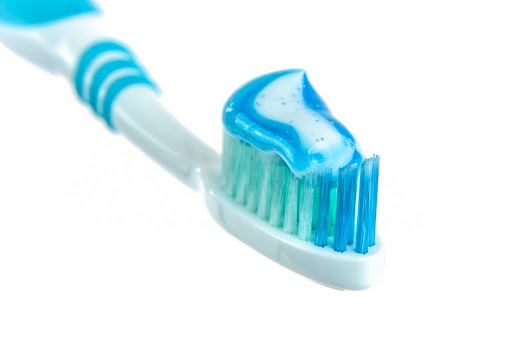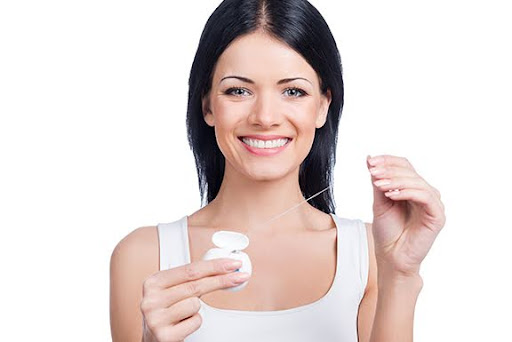
Understanding the Role of Sugar in Cavity Formation: Insights from Family 1st Dental
At Family 1st Dental, we are dedicated to ensuring your family’s oral health. One common concern we address is the impact of sugar on dental health. While sugar often gets the blame for causing cavities, the reality is a bit more complex. Let’s explore how sugar contributes to cavities and what you can do to maintain a healthy smile.
The Truth About Sugar and Cavities
Cavities, or dental caries, are caused by bacteria in the mouth that produce acid when they feed on carbohydrates, including sugar. This acid erodes the enamel on teeth, leading to decay and cavities.
Sugar’s Role in Cavity Formation
While sugar is a major contributor to cavities, it isn’t the only factor. Sugary foods and drinks are a prime food source for the bacteria that cause cavities. Sticky sweets like candy and gum can cling to teeth, providing a continuous source of sugar for bacteria to feed on.
Frequency Matters
It’s not just the amount of sugar you consume that impacts cavity formation; the frequency of sugar consumption also plays a significant role. Frequent snacking or sipping on sugary drinks provides a constant supply of sugar, increasing the risk of cavities.
Types of Sugars
Not all sugars are created equal when it comes to dental health. Simple sugars like glucose and fructose are more likely to cause cavities than complex sugars like lactose found in dairy products. Simple sugars are easily broken down by bacteria, providing a quick energy source for acid production.
Beyond Sugar: Other Factors
While sugar contributes to cavities, other factors also play a role:
- Poor Oral Hygiene: Inadequate brushing and flossing can leave plaque and bacteria on your teeth.
- Genetics: Some people are more susceptible to cavities due to genetic factors.
- Bacterial Presence: Different types of bacteria in the mouth can influence cavity development.
Preventing Cavities: Tips from the Best Family Dentist
Even if you enjoy sugary treats, there are steps you can take to reduce your risk of cavities:
- Practice Good Oral Hygiene: Brush your teeth twice a day with fluoride toothpaste and floss daily to remove plaque and bacteria.
- Drink Water: Opt for water instead of sugary drinks to help rinse away food particles and reduce acid production.
- Chew Sugar-Free Gum: Chewing sugar-free gum after meals can stimulate saliva production, which helps neutralize acids and wash away food particles.
- Regular Dental Visits: Schedule regular check-ups and cleanings with Family 1st Dental. Early detection of cavities can prevent more serious issues and extensive treatments.
Conclusion
While sugar does contribute to cavity formation, it’s not the sole factor. By practicing good oral hygiene and making smart dietary choices, you can significantly reduce your risk of cavities. At Family 1st Dental, we are here to help you and your family maintain healthy, happy smiles. Contact us today to schedule your next appointment with the best family dentist and take the first step towards optimal dental health.
Family First Dental
Url: https://www.familyfirstdental.com/














